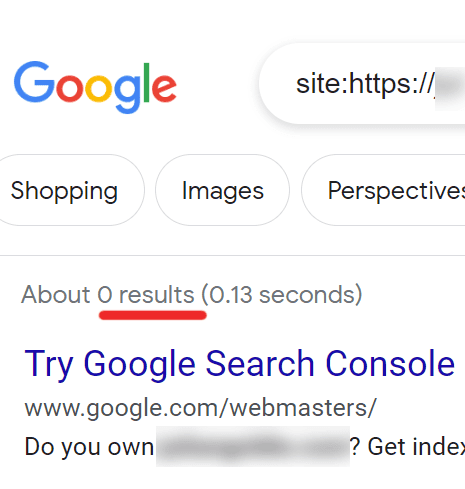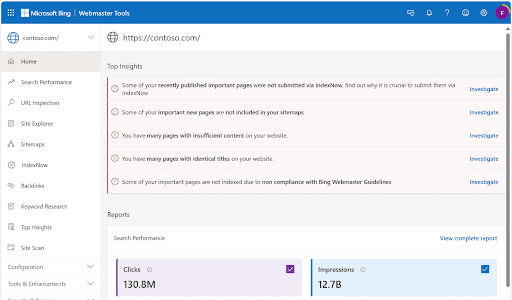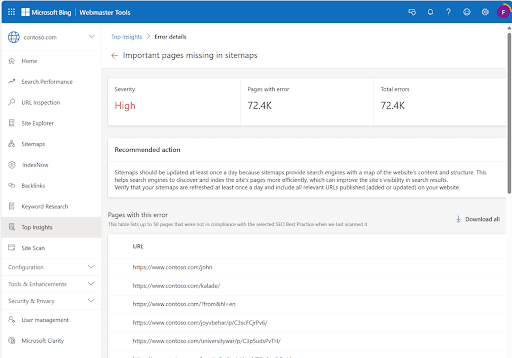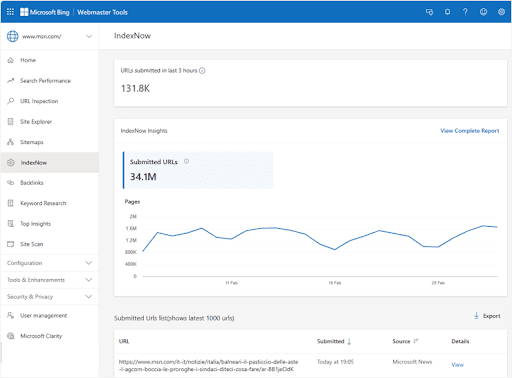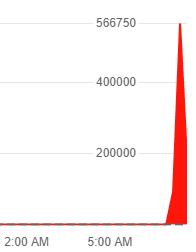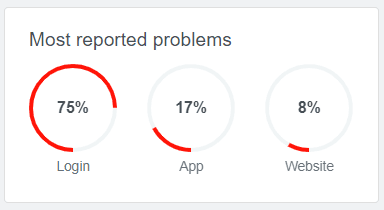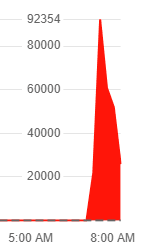WordPress Announces Bluehost Managed Cloud Hosting via @sejournal, @martinibuster

WordPress.com and Bluehost announced a new managed WordPress cloud hosting solution that offers optimized WordPress performance features unavailable to traditional shared, VPN and dedicated hosting environments. The new managed WordPress cloud service handles virtually all of the technical details for maintaining a fast and secure website with 100% uptime.
Managed WordPress Hosting
Managed WordPress hosting is a type of hosting that are optimized for WordPress websites with built-in security and tools for small businesses, developers and agencies.
What’s different about the new Bluehost and WordPress.com hosting is that it brings all of the managed WordPress optimizations to a cloud hosted platform which brings a higher level of performance and scaling that exceeds traditional shared, VPS and dedicated hosting environments.
Managed WordPress Cloud Hosting
The new cloud hosting infrastructure offers built-in security, DDOS protection, CDN and scaling that virtually assures that the site will always be available at the fastest speeds possible.
Managed cloud hosting is basically hosting on a network of servers at a datacenter and can be as large as a global network of datacenters, which offers benefits not available in other hosting environments.
A shared hosting environment is one server that is hosting thousands of websites. Shared hosting is cheaper but their performance levels are generally at the lowest levels.
A Virtual Private Server (VPS) is generally a hosting environment that operates like a dedicated server that is shared with a limited number of other virtual servers on one machine. These offer a high level of performance but they don’t offer the benefits of managed WordPress hosting because it falls on the hosting subscriber to DIY the security and other requirements of hosting.
A dedicated server is one machine that is under control of one publisher. The word “control” is the key to dedicated hosting because a dedicated server offers complete control over the server. It takes technical knowledge to run a dedicated server but delivers incredibly fast and responsive websites.
The cloud hosting environment offers hosting across multiple machines in a datacenter, which is essentially why it’s called a cloud. Unlike other cloud providers, the Bluehost managed WordPress cloud environment is based on a global infrastructure.
According to Bluehost:
“Bluehost Cloud is built and supported by top-tier WordPress experts and powered by a redundant global server infrastructure.
… This platform is built on a scalable, multi-regional fault-tolerant infrastructure, ensuring 100% network uptime and allowing for seamless scaling according to traffic demands.”
Who Bluehost WordPress Managed Cloud Is For
The Bluehost WordPress Cloud hosting environment is meant for publishers and stores that are serious about their business and demand dependable uptime, the highest levels of performance and thoroughly locked down security.
Prices start at $79.99/month and go up to $299/month (early access prices are up to 56% off). The difference between each plan is the amount of virtual centralized processing units (vCPU) and SSD storage space that is allocated. The lowest tier cloud hosting is perfect for one site and the higher priced versions are optimized for hosting multiple sites or one site with a lot of traffic.
Read the announcement on Bluehost.com
Unmatched power, speed, & control with WordPress cloud hosting
Read the announcement at WordPress.com:
WP Cloud Is Powering the Future of WordPress
Featured Image by Shutterstock/file404




